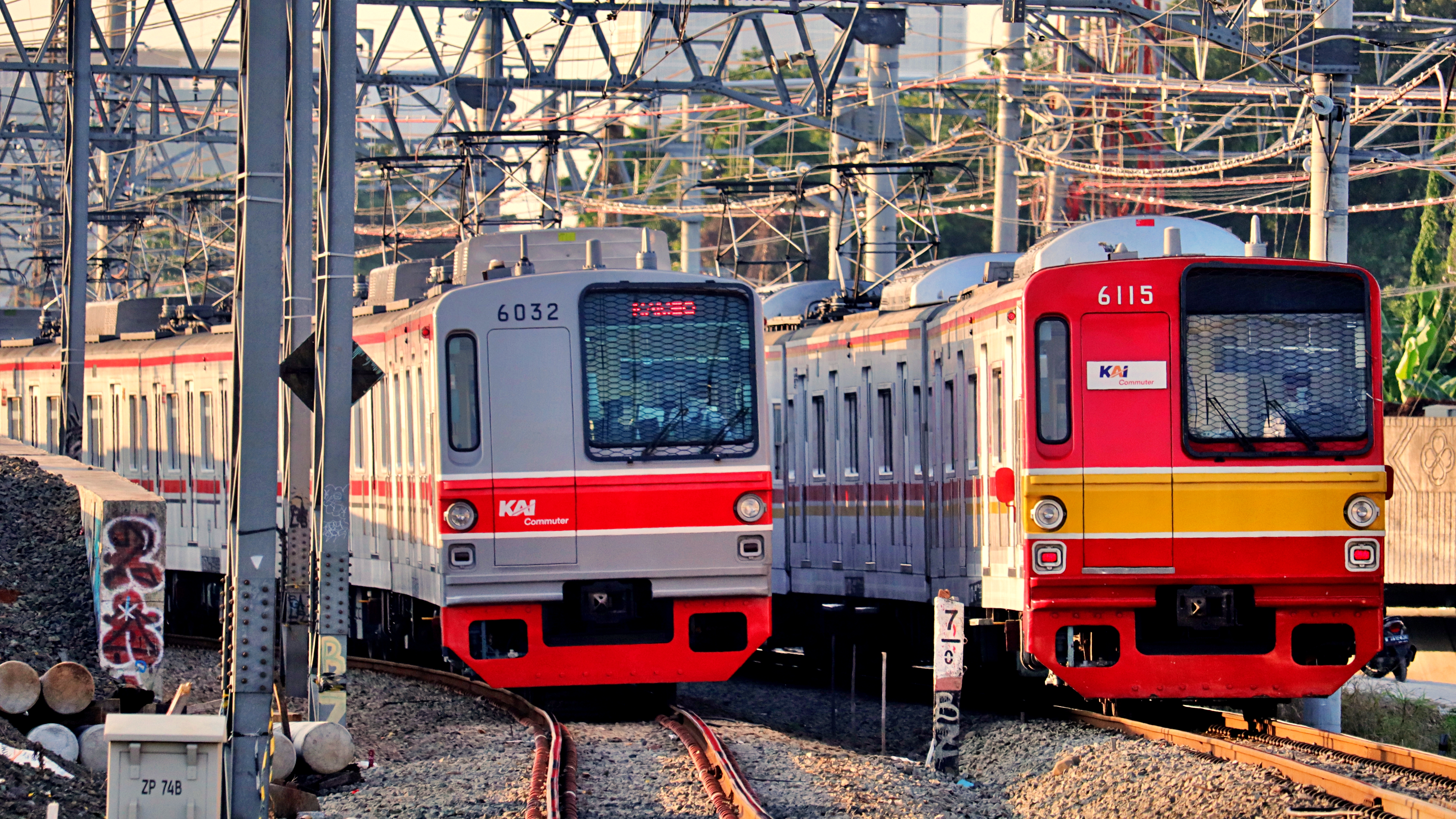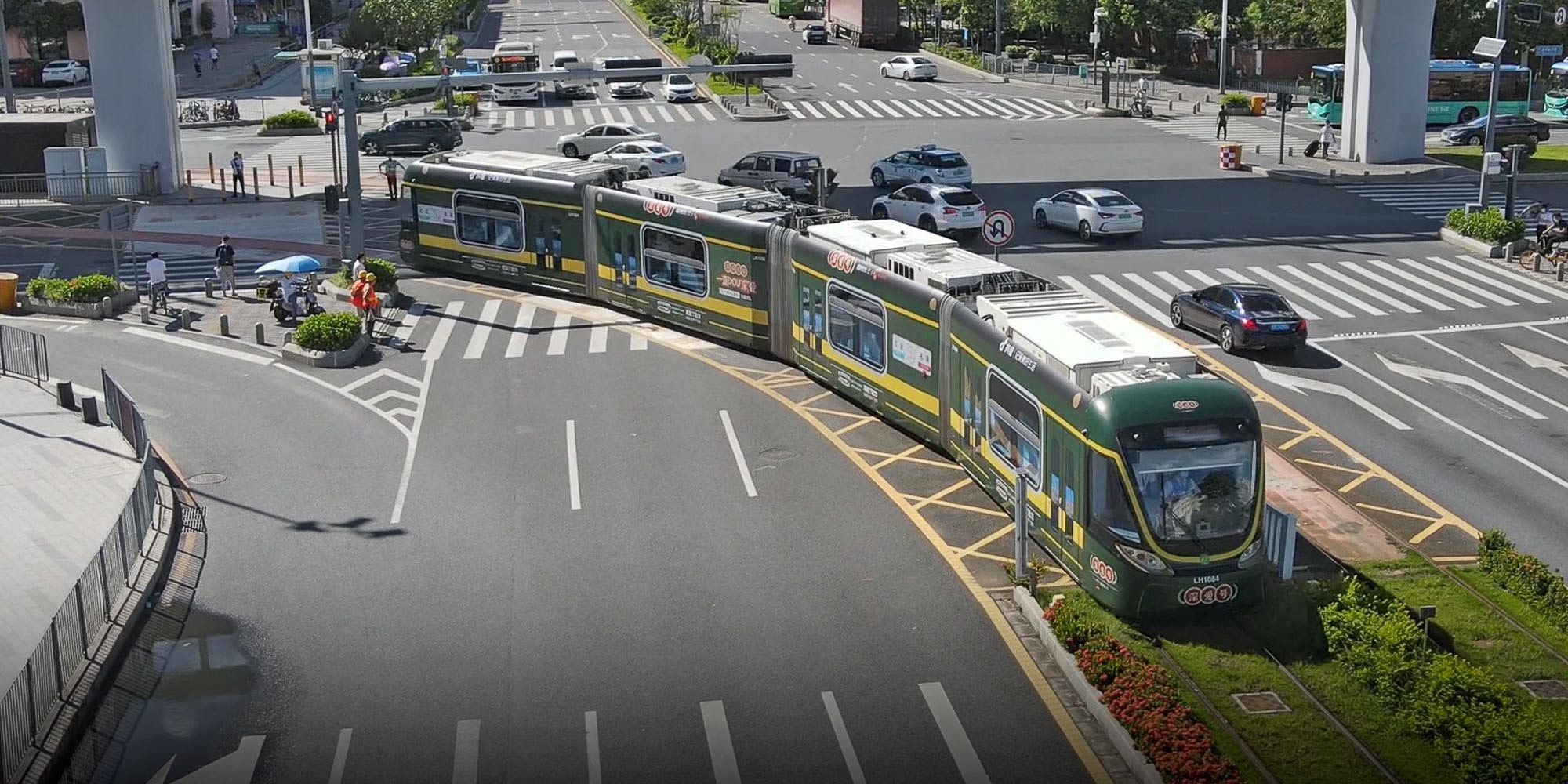urbanism
22449 readers
1 users here now
This was supposed to be c/traingang, so post as many train pictures as possible.
All about urbanism and transportation, including freight transportation.
Home of train gang
:arm-L::train-shining::arm-R:
Trainposts highly encouraged
Talk about supply chain issues here!
List of cool books and videos about urbanism, transit, and other cool things
Titles must be informative. Please do not title your post "lmao" or use the tired "_____ challenge" format.
Archive links for reactionary sites, including the BBC.
LANDLORDS COWER IN FEAR OF MAOTRAIN
"that train pic is too powerful lmao" - u/Cadende
founded 5 years ago
MODERATORS
226
227
228
229
230
231
232
233
234
235
236
237
238
239
240
241
242
243
244
245
16
President Biden Announces $8.2 Billion in New Grants for High-Speed Rail and Pipeline of Projects Nationwide
(www.transportation.gov)
246
247
248
249
250




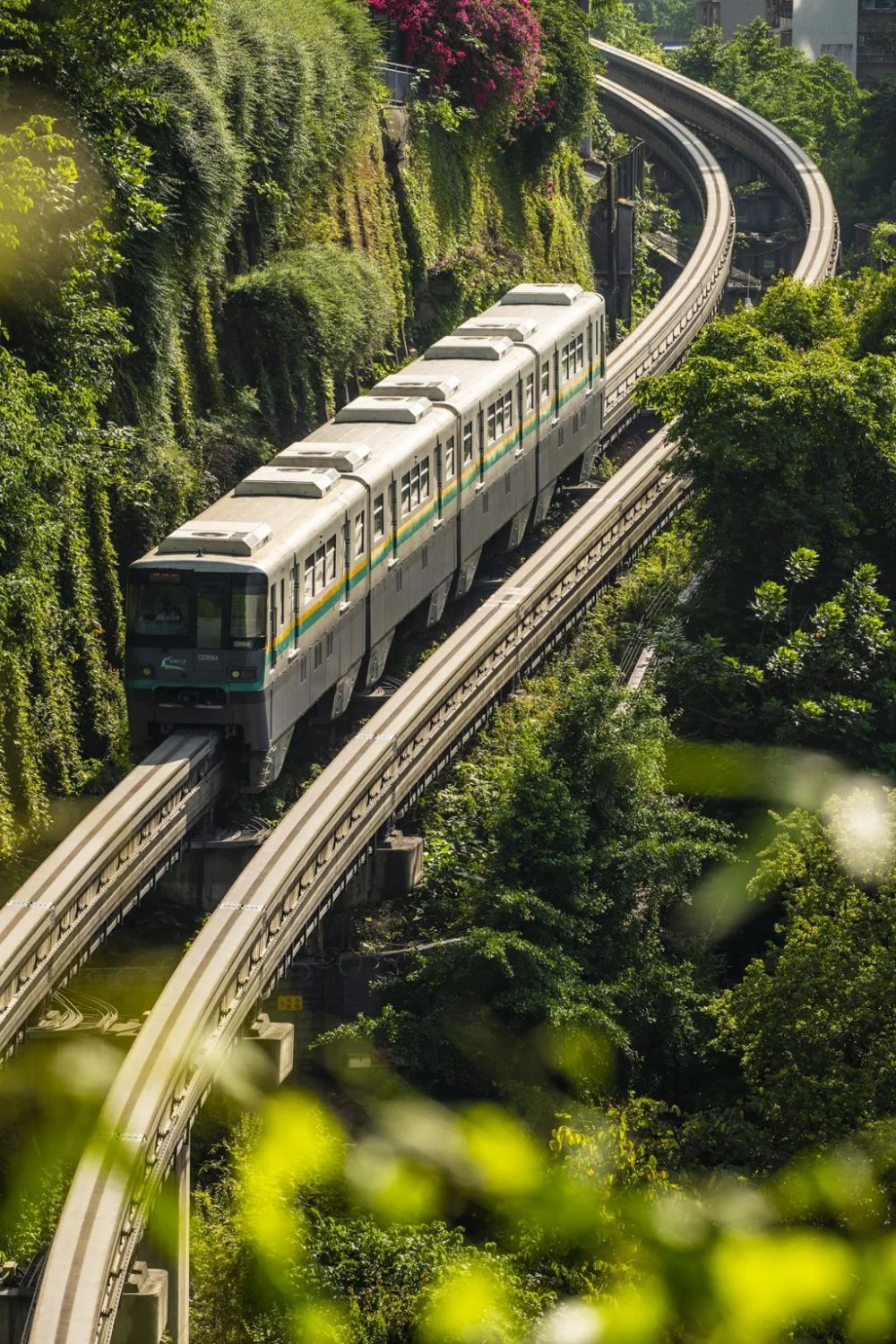
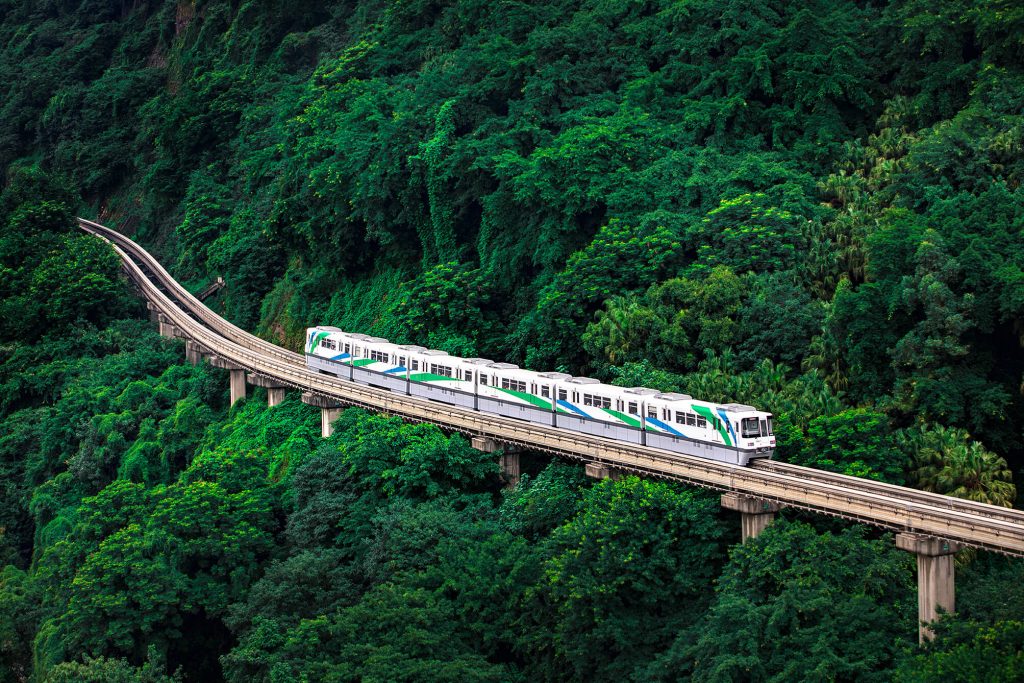


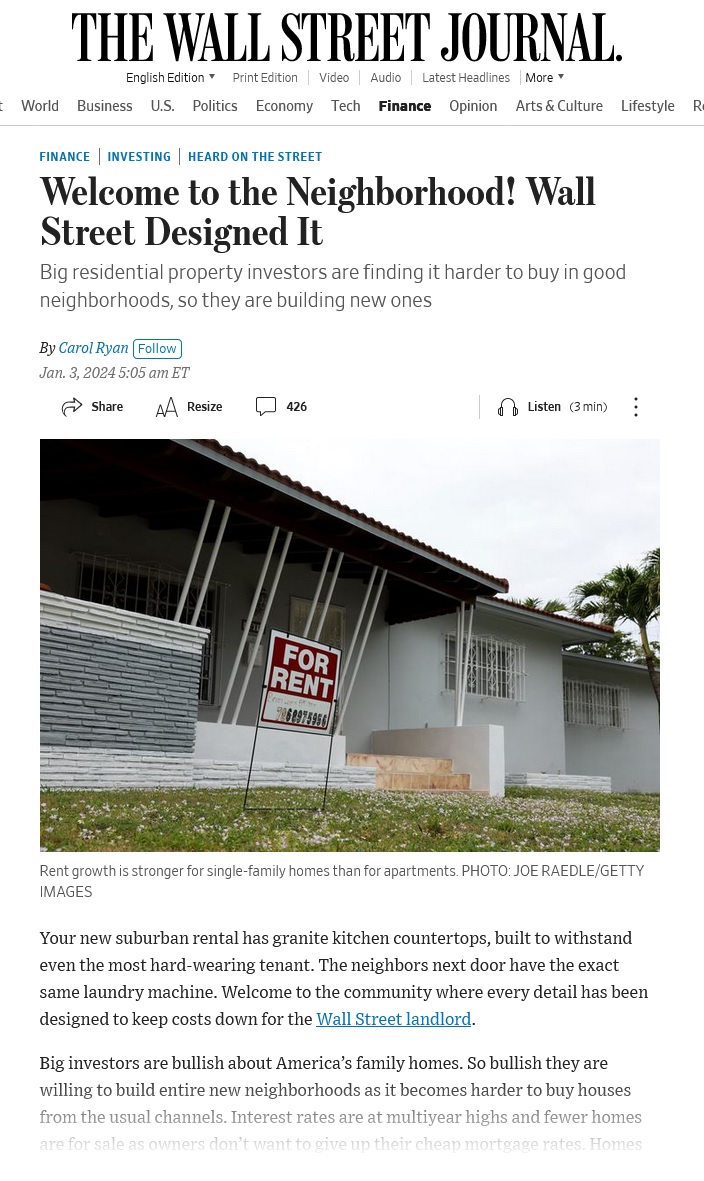
 3 line commuter rail operation in Matsuyama, bought trains from the Keio Railway, a busy commuter railway serving Tokyo. Their
3 line commuter rail operation in Matsuyama, bought trains from the Keio Railway, a busy commuter railway serving Tokyo. Their 